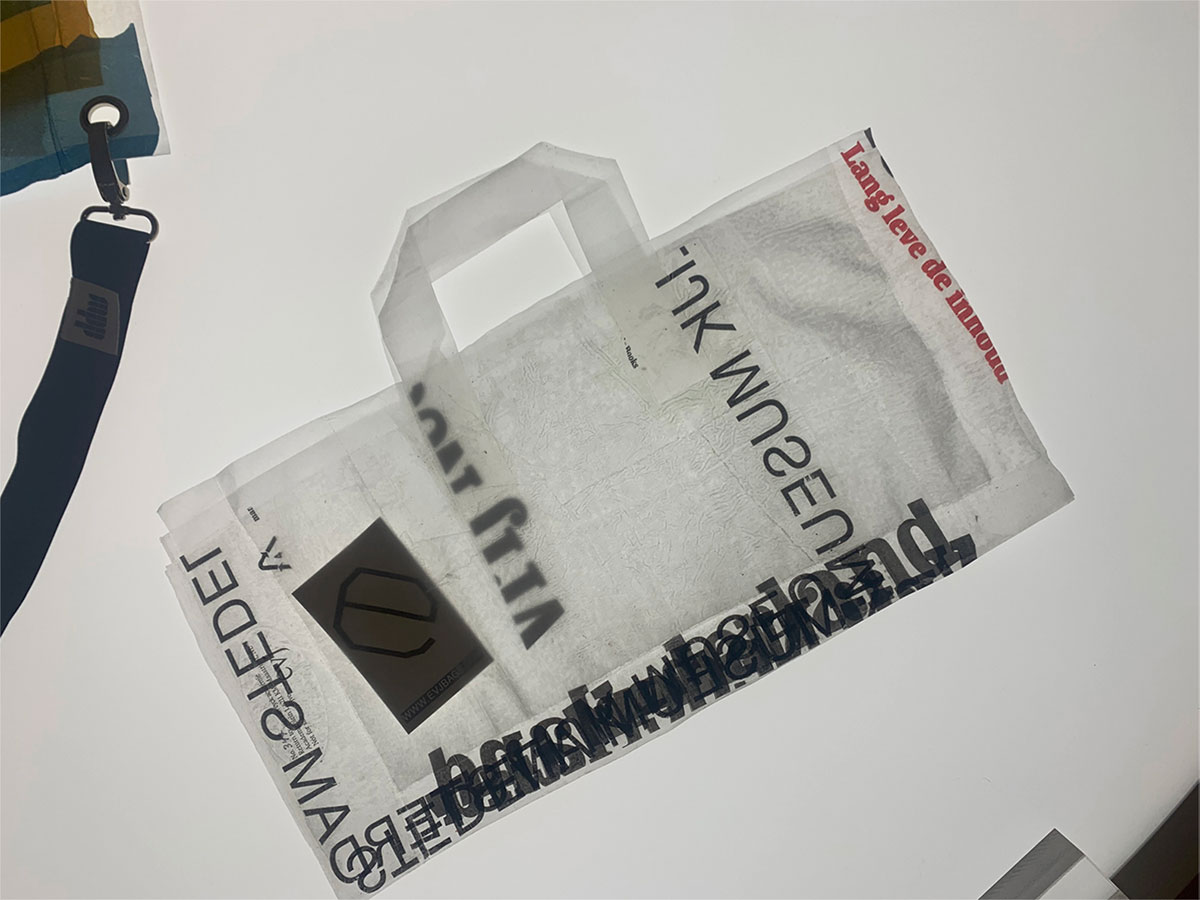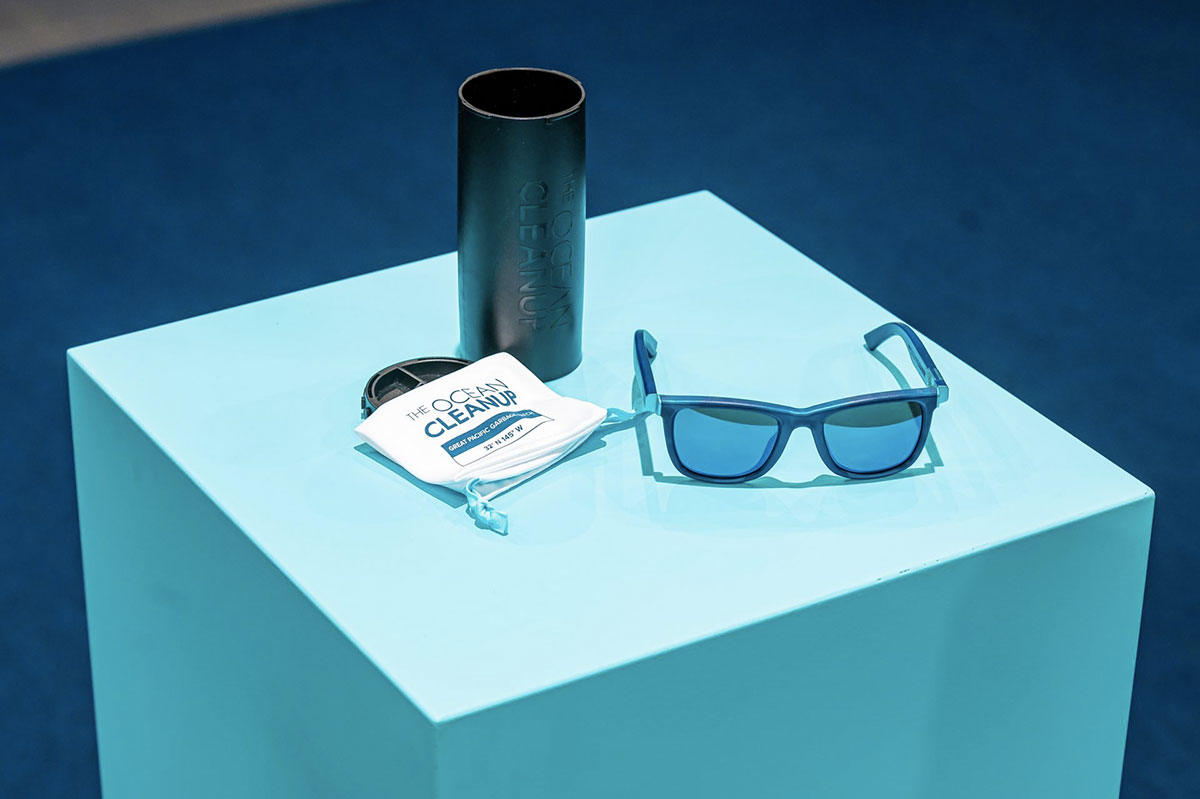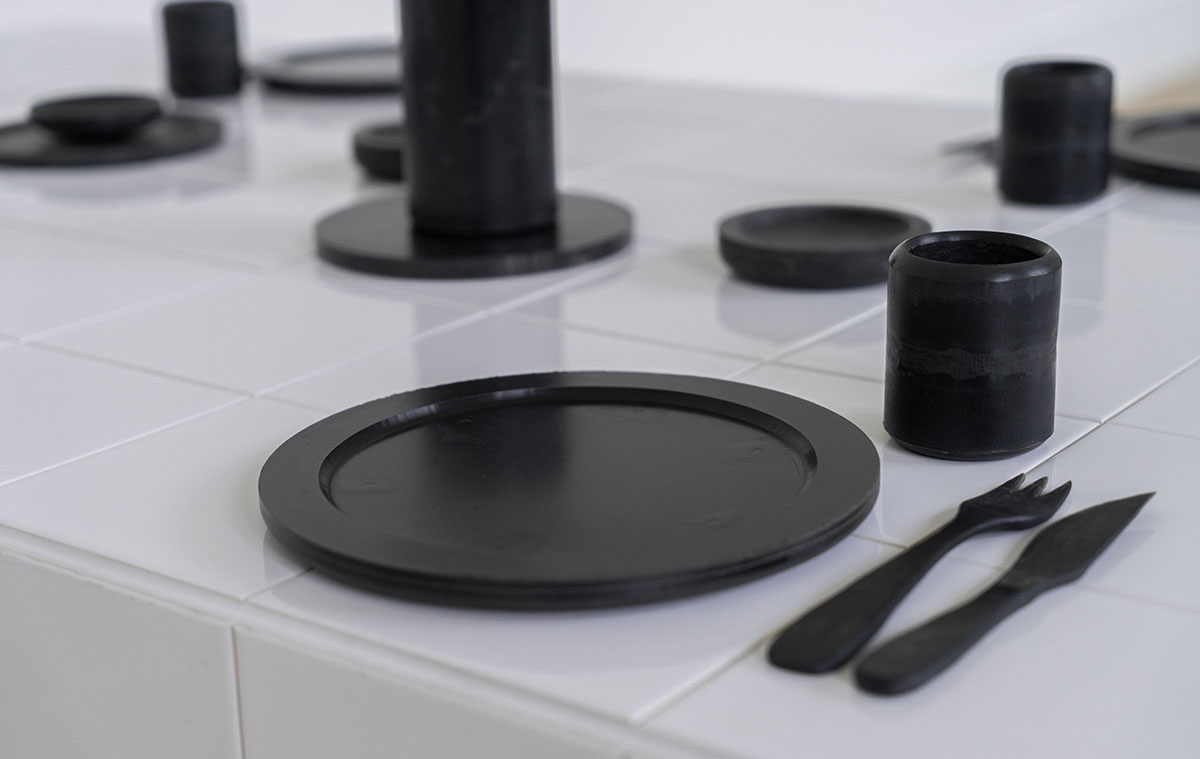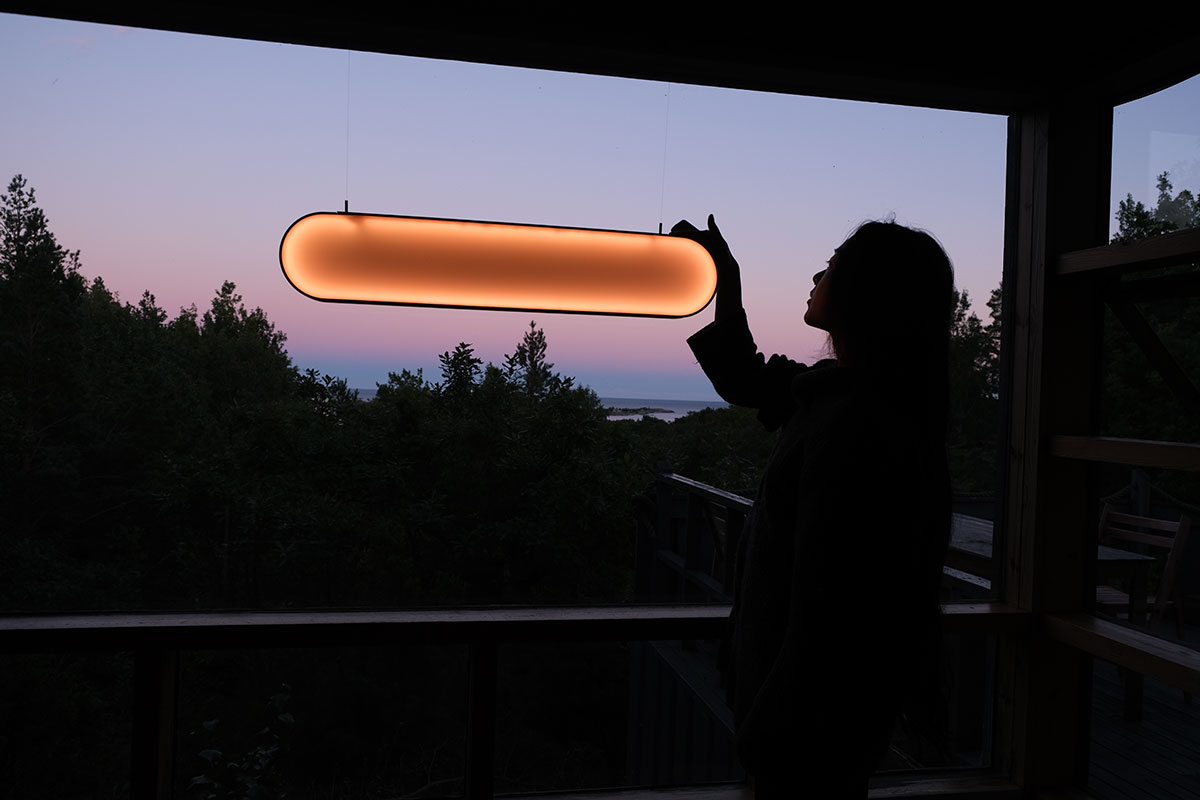PRESENTATION: It’s Our F***ing Backyard
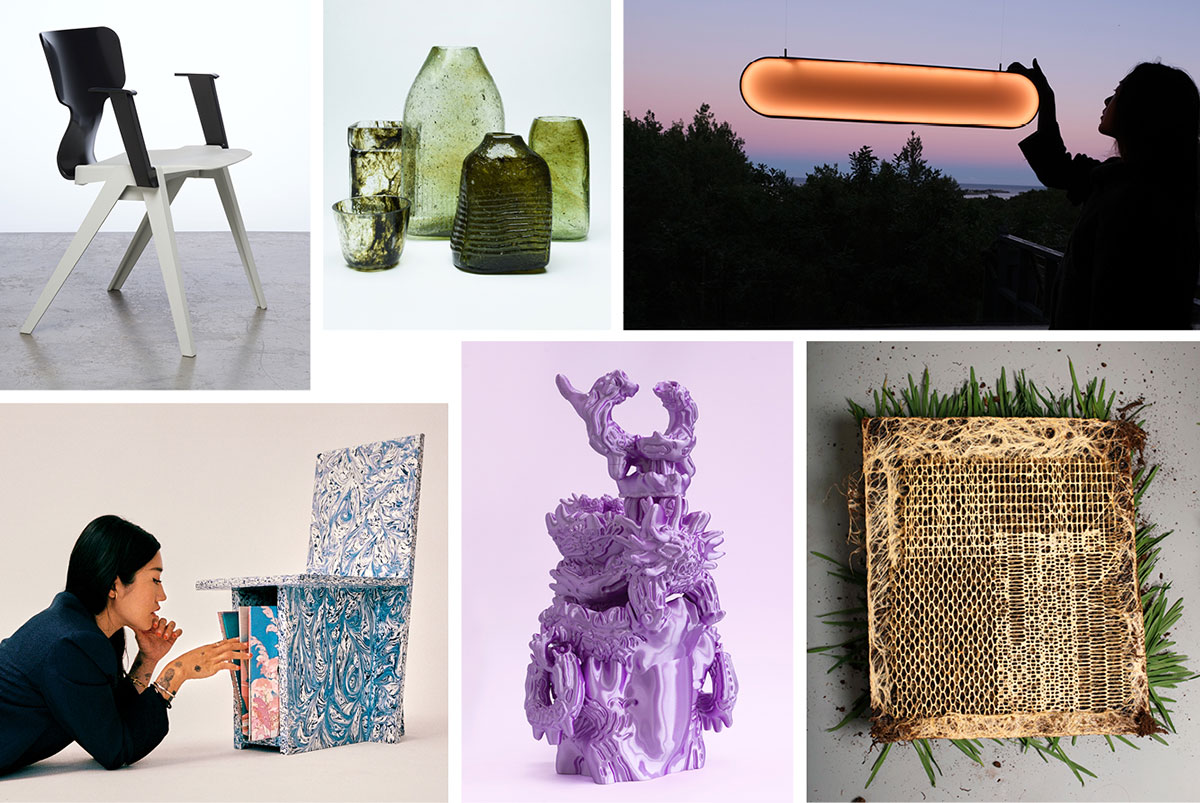 Global climate change has already had observable effects on the environment. Glaciers have shrunk, ice on rivers and lakes is breaking up earlier, plant and animal ranges have shifted and trees are flowering sooner. Effects that scientists had predicted in the past would result from global climate change are now occurring: loss of sea ice, accelerated sea level rise and longer, more intense heat waves.
Global climate change has already had observable effects on the environment. Glaciers have shrunk, ice on rivers and lakes is breaking up earlier, plant and animal ranges have shifted and trees are flowering sooner. Effects that scientists had predicted in the past would result from global climate change are now occurring: loss of sea ice, accelerated sea level rise and longer, more intense heat waves.
By Efi Michalarou
Photo: Stedelijk Museum Archive
The exhibition “It’s Our F***ing Backyard” shows that designers can make a compelling difference for the climate crisis, through innovative experiments or by drawing on local knowledge, they invite us to look at materials in a radically new way and offer us design that is both responsible and aesthetic, comfortable and accessible. Eighty selected projects by designers and companies from all over the world shed light on an array of strategies that explore innovative uses of materials. The exhibition also looks at how soil depletion relates to practices of colonialism, which are still continued by some multinationals.Designers recycle all kinds of waste materials for new products and use the power of nature to create unusual materials. Design studio Bentu, for example, produces furniture from ceramic waste, Tamara Orjola manufactures textiles from pine needles and Basse Stittgen came up with tableware made of cow’s blood. The innovations range from experimental research to new applications of ancient craft techniques. Claudy Jongstra introduced medieval natural dye recipes into Viktor & Rolf’s fashion designs, and Seok-hyeon Yoon used the traditional ottchill lacquer technique to make recyclable ceramics. Maartje Dros and Erik Klarenbeek experiment with diatoms (micro-algae), which bind CO2, to make glass. Other projects focus on generating energy in ways that are less harsh on the environment, or forgo the addition of material by switching to a loan economy. Other initiatives focus on tempting users into think differently. All the projects on display give new impetus to the industry and make us more aware of our footprint. The exhibition showcases experiments and prototypes as well as products already on the market. It includes work by Fernando Laposse, FormaFantasma, Christien Meindertsma, Shahar Livne, Donghoon Sohn, Alexandra Kehayoglou, and by manufacturers such as Vitra and Ikea. Designers are also forging new alliances. For example, together with DJ Peggy Gou, the Balinese design studio Space Available designed a chair from 20 kilos of plastic waste collected in Indonesia. The exhibition is also an opportunity for the Stedelijk to expand its design collection in this regard. Recent additions include acquisitions by Carissa Ten Tije, Yamuna Forzani, Seok-hyeon Yoon, Joana Schneider, Seungbin Yang, Audrey Large, Tamara Orjola, Yasmin Bawa, and Marjan van Aubel, and donations by Circuform (Ineke Hans) and Space Available.
Photo clockwise: Ineke Hans, Rex, 2021, first Dutch deposit chair, made from recycled polyamide (old office furniture, fishing nets, carpet and industrial waste), coll. Stedelijk Museum Amsterdam, donation Circuform, De Meern, 2022 / Simón Ballen Botero, Suelo Orfebre (Goldsmith’s Soil), 2018, glass made of jagua, a waste product from goldmining / Marjan van Aubel, Sunne, 2022, lamp with Sun Power solar cells, aluminum, recycled plastic, coll. Stedelijk Museum Amsterdam / Diana Scherer, InterWoven – Exercises in Root System Domestication, 2021-22, grown textile from oat roots / Audrey Large, MetaBowl #6, 2021, recycled 3D printed plastic, coll. Stedelijk Museum Amsterdam. Photo: Alaa Abu Asad. Nilufar Gallery-Far Edition / Space Available X Peggy Gou, Peggy Chair, 2021, chair made of recycled high-density polyethylene (HDPE), coll. Stedelijk Museum Amsterdam, donation of Space Available, Bali, Indonesia, 2022.
Info: Curators: Amanda Pinatih and Ingeborg de Roode, Stedelijk Museum, Museumplein 10, Amsterdam, The Netherlands, Duration: 26/5-4/9/2022, Days & Hours: Daily 10:00-18:00, www.stedelijk.nl/
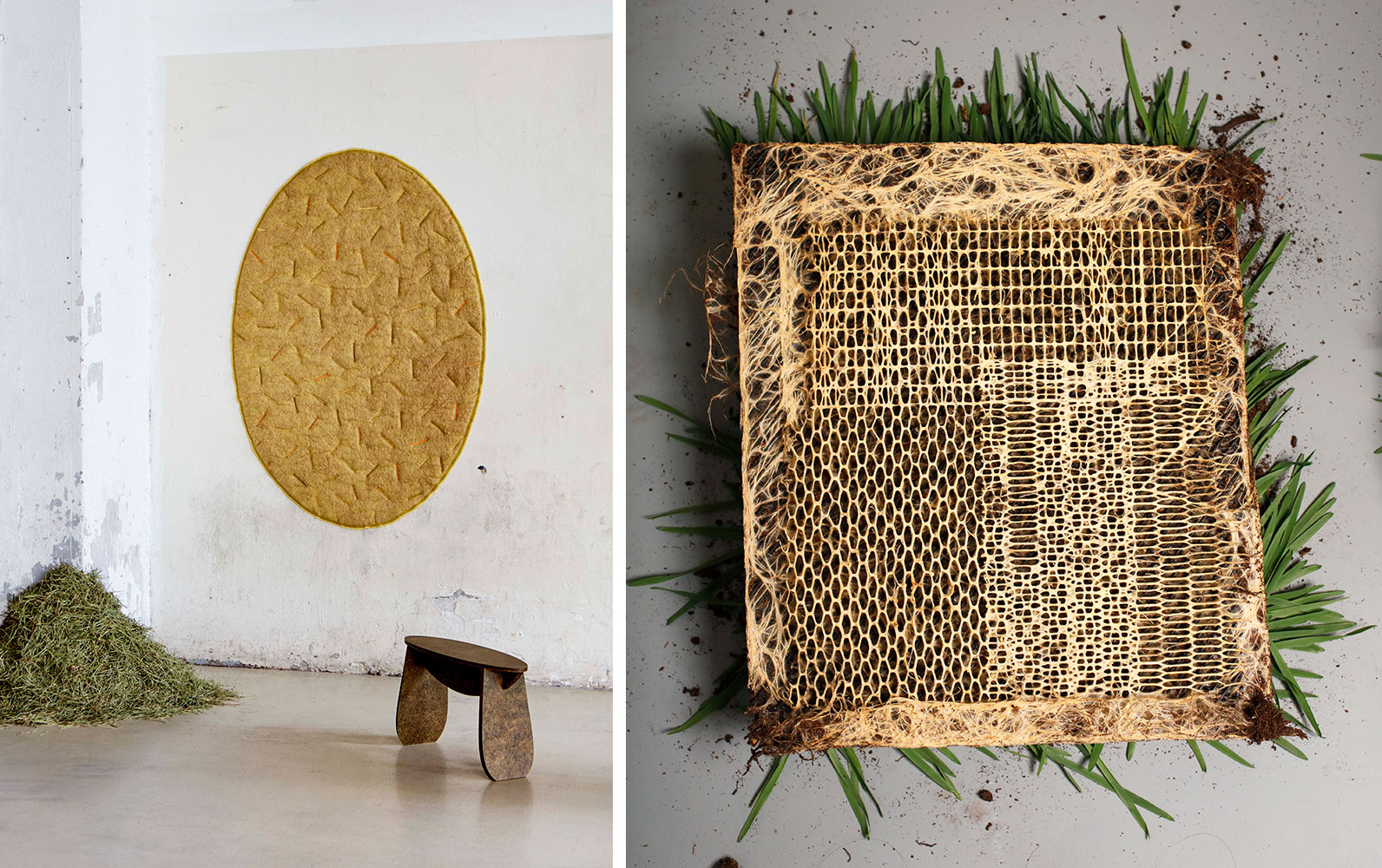
Right: Diana Scherer, InterWoven – Exercises in Root System Domestication, 2021-22, grown textile from oat roots
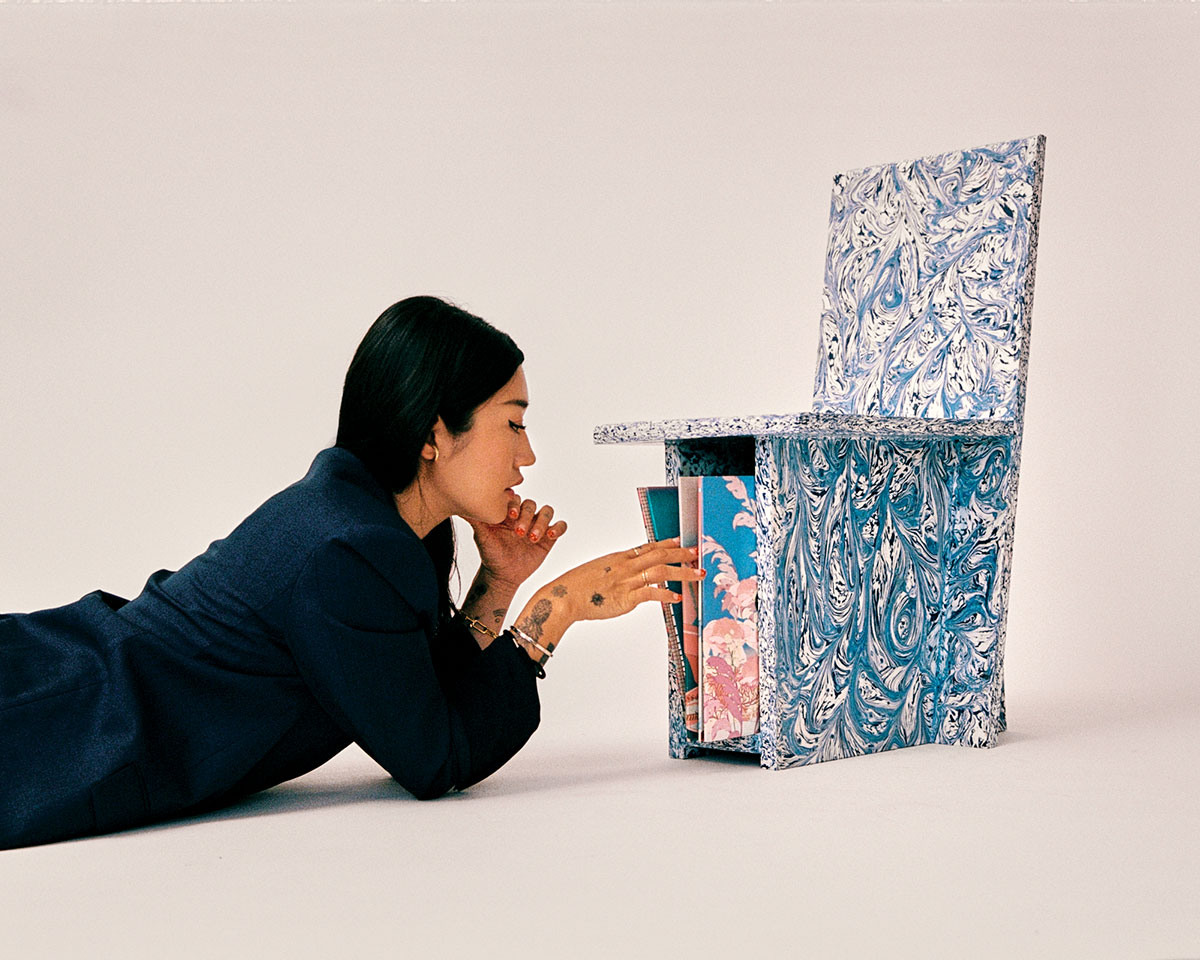
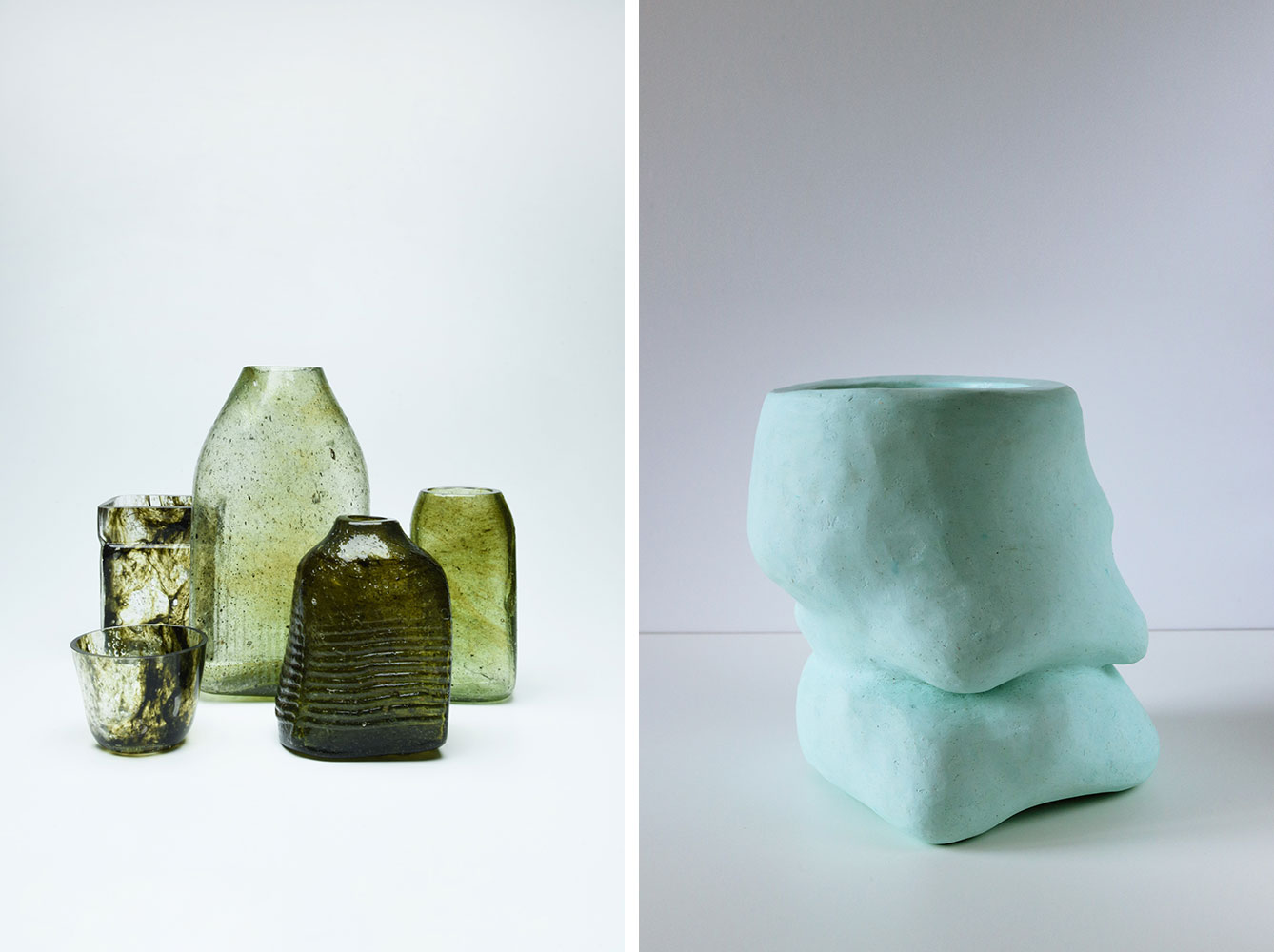
Right: Yasmin Bawa, Kali, 2022. Bawa is a pioneer in the field of hempcrete: a mixture of natural lime and hemp fibres. Collection Stedelijk Museum Amsterdam. Photo Margaret Flatley
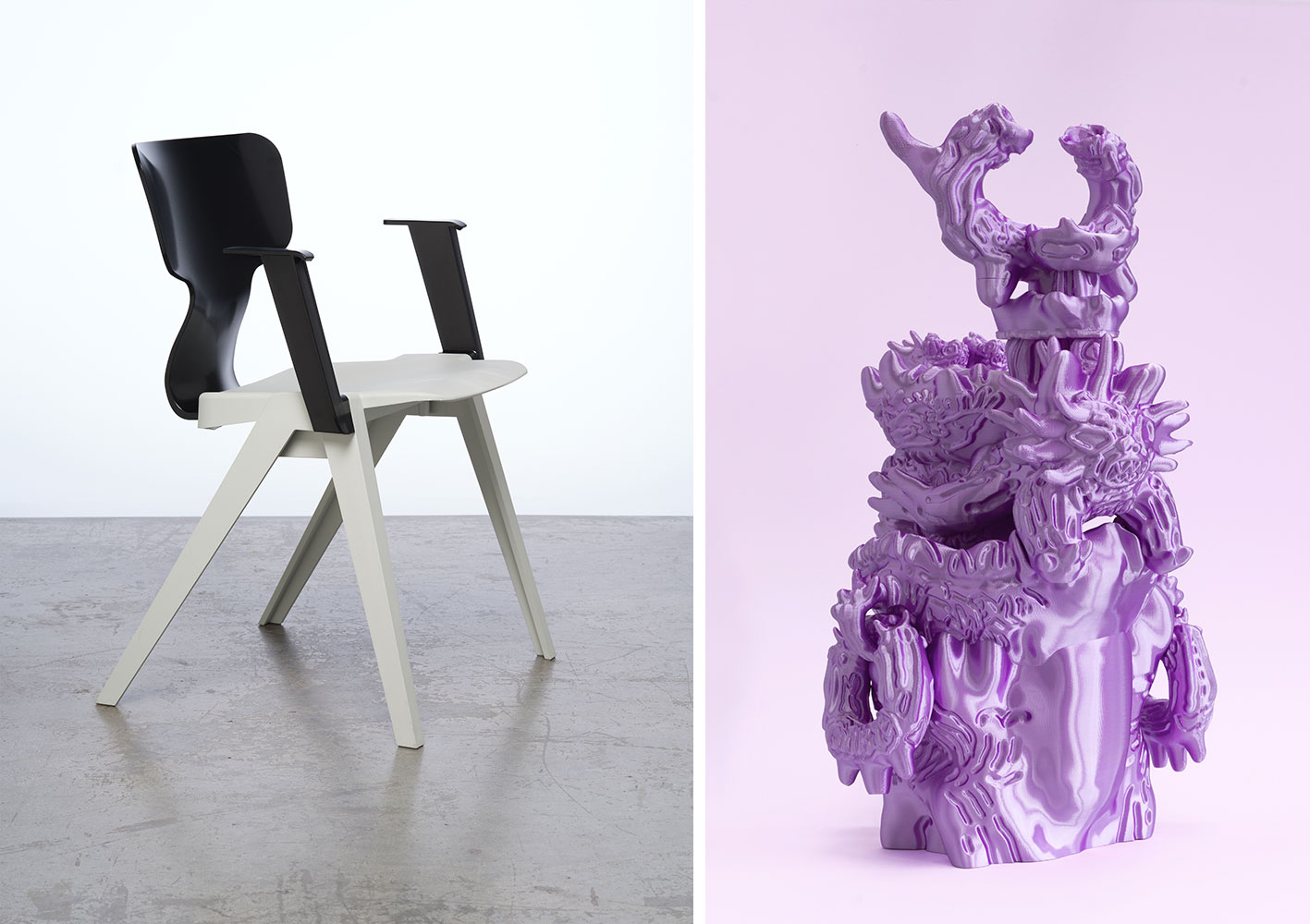
Right: Audrey Large, MetaBowl #6, 2021, recycled 3D printed plastic, coll. Stedelijk Museum Amsterdam. Photo: Alaa Abu Asad. Nilufar Gallery-Far Edition
